Fujifilm has consistently captivated photographers. They’ve masterfully married the reminiscent allure of film with the advancements of modern tech. I’ve personally toyed with a variety of their cameras, each designed for different pockets and preferences. Through my lens, Fujifilm hasn’t just sustained the soul of film photography but has expanded its charm to a more diverse set of enthusiasts.
In this article, I delve into the world of Fujifilm’s film simulation offerings to identify the most affordable option that will let you capture stunning images without breaking the bank. Join us as we explore the features, performance, and value of the cheapest Fujifilm camera with film simulation, providing you with an ideal gateway into the enchanting realm of film-inspired digital photography.
The Cheapest Fujifilm Camera with Film Simulation
Fujifilm X-T30 II: A Beautiful Camera with Film Simulation Feature
The Fujifilm X-T30 II is an affordable camera that offers the highly sought-after film simulation feature. It’s a camera that, while not without its quirks, is an absolute treat for those who, like me, have an eye for elegance and craftsmanship. But, let’s journey deeper into my tryst with the X-T30 II and what sets it apart in my camera collection.
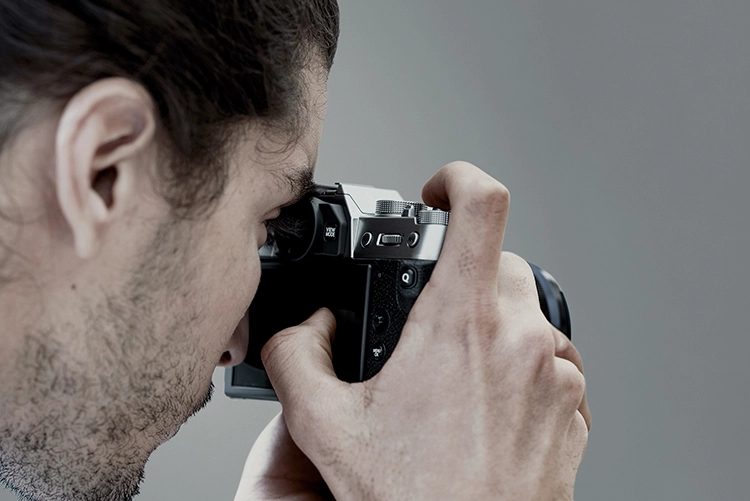
Ergonomics and Design
The X-T30 II exudes that quintessential Fuji charm with its tactile dials – from the manual/single/continuous focus switch to those nostalgic touches like the aperture value ring on the lens and the exposure correction dial. Although I’ve sometimes inadvertently shifted the on-off switch, it’s a minor quibble. The camera also features two rotators, one on the back and one on the front, which can be used to adjust settings such as shutter speed and aperture value.
Connectivity and Usability
The X-T30 II features a snappy USB-C port – great for those swift photo transfers. The micro HDMI and the 2.5mm audio jack, albeit unusual, have required me to keep a converter handy for some of my external mics. And yes, if I could change one thing, it would be that slightly awkward placement of the tripod mount – right adjacent to the battery slot. It’s a tad inconvenient during swift battery or SD swaps.
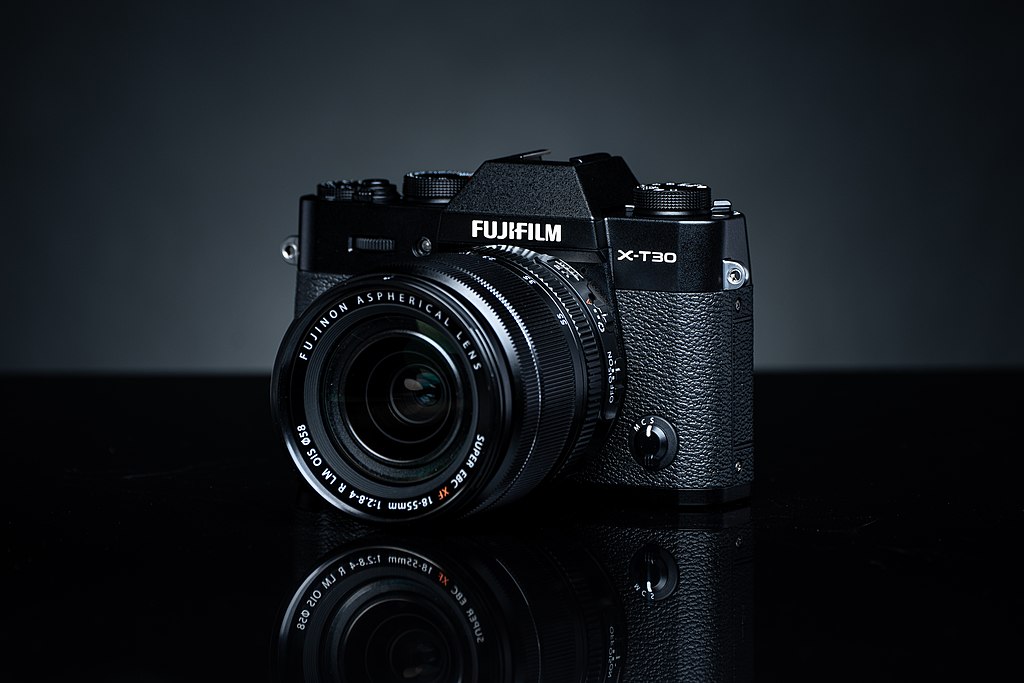
Handling and Aesthetics
While the camera’s grip is not very deep, I’ve found the X-T30 II remarkably ergonomic, given its featherweight stature. And then there’s its timeless, vintage design – it’s as if a slice of photographic history nestles in my palms every time I shoot. A few design nuances aside, the X-T30 II remains a prized piece in my collection, especially for those filmic simulations that tug at my nostalgic heartstrings.
Exploring Film Simulations on the Fujifilm X-T30 II
From the countless hours I’ve spent with the Fujifilm X-T30 II, its distinctive palette of 18 Film Simulations has stood out, echoing the timeless charm of Fujifilm’s legacy analog films and their signature photo development techniques. Through these simulations, I’ve been able to craft and convey distinct moods in my images and videos, effortlessly beaming them to my devices and sharing my stories with the world. And trust me, crafting your own film recipes by leveraging resources online? It’s a game-changer.
Film Simulation Options on the Fujifilm X-T30 II
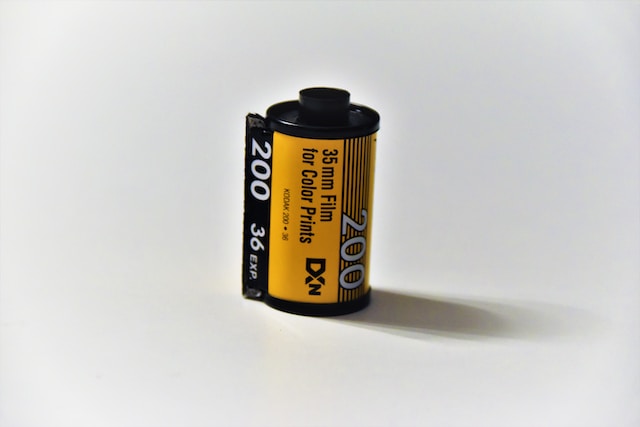
The X-T30 II provides a range of Film Simulation options, including black-and-white (with or without color filters), that cater to various subjects and creative intents. Some notable options include:
- PROVIA/STANDARD: Ideal for a wide range of subjects.
- Velvia/VIVID: Vibrant reproduction, perfect for landscape and nature photography.
- ASTIA/SOFT: Softer colors and contrast for a more subdued look.
- ACROS: Black and white with rich details and sharpness, available with yellow, red, and green filters to deepen shades of gray.
In addition to these, the X-T30 II also offers various Film Simulation options for portrait photography, cinema-like effects, monochromatic colors, and sepia tones.
Additional Image Quality Settings
The X-T30 II also features settings that allow you to further customize your images, such as:
- Monochromatic Color: Add a warm or cool color cast to the ACROS and MONOCHROME film simulations.
- Grain Effect: Add a film grain effect with selectable roughness and size options.
- Color Chrome Effect: Increase the range of tones for rendering highly saturated colors like reds, yellows, and greens.
- Color Chrome FX Blue: Increase the range of tones for rendering blues.
- White Balance: Choose a white balance option that matches the light source for natural colors.
Navigating the Film Simulations and these image settings on the X-T30 II has not just enriched my visual stories but enabled me to seamlessly share my narrative across platforms. It’s a tool, an ally, in my photographic endeavors.
Image Quality and Autofocus Performance of the Fujifilm X-T30 II
In my extensive journey with the Fujifilm X-T30 II, one thing that’s always stood out is its striking image quality—a reminiscence for anyone who’s wielded the X-T30 Mark I. For those unfamiliar with the charm of the X-T30 series, let me share my personal experiences with its image quality, autofocus finesse, and how it fares in everyday scenarios.
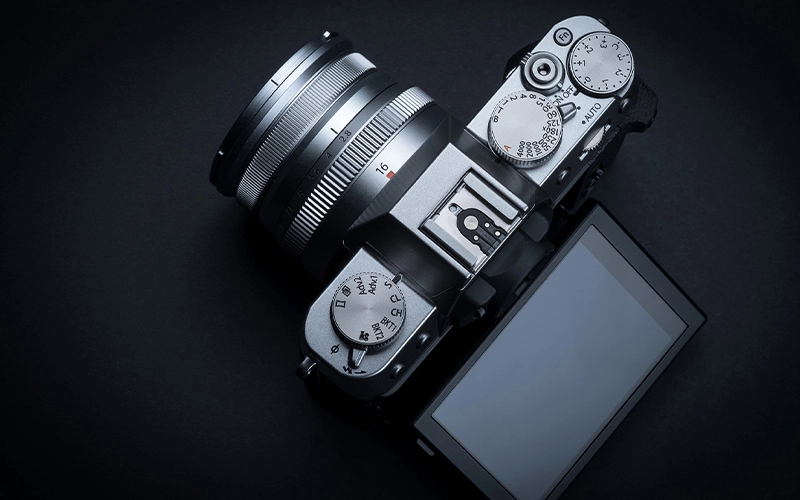
Autofocus System
While it doesn’t effortlessly match the intuitiveness of brands like Sony or Canon that I’ve handled before, it brought a unique Fuji touch that required some acclimatization. Lab stats might praise its speed and accuracy, but in those spontaneous moments, I’ve learned the quirks and nuances to avoid missed opportunities. When paired with lenses like the native 23mm Fujinon f2 or even third-party options like Viltrox, the camera and I have captured some crisp memories.
Video Mode and External Recorder Limitations
It’s essential to mention the limitations of the autofocus system in video mode, specifically when using external recorders.
The X-T30 II’s 10-bit 4K 4:2:2 capability? Absolutely delightful. But there’s a catch, especially if you’re like me, often tethered to external recorders. The autofocus starts playing hard to get, becoming less trustworthy. It’s a dance of its own, demanding a bit of patience and perhaps manual finesse.
All in all, the Fujifilm X-T30 II, with its moments of brilliance and occasional idiosyncrasies, has been a constant companion in my photographic narratives.
Fujifilm X-T30 II: Photography Performance, Film Simulations, and High ISO Capabilities
The Fujifilm X-T30 II is a versatile and compact camera that excels in photography. With its stylish design, film simulations, and excellent dynamic range, it is an ideal choice for photography enthusiasts and travelers alike. In this detailed review, we will cover the camera’s strengths and limitations, focusing on film simulations, image quality, high ISO capabilities, and overall user experience.
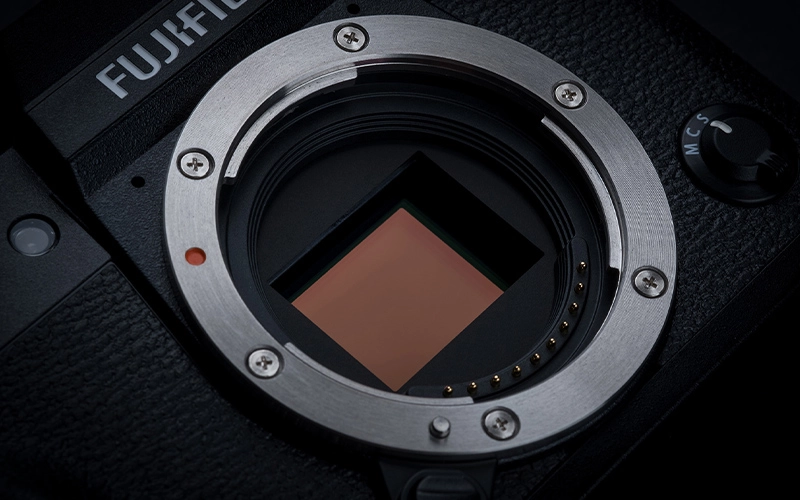
Film Simulations and Image Quality
A highlight of my experience with the X-T30 II has been its delightful suite of film simulations. Channeling the charm of Fujifilm’s iconic analog films, each simulation lends a distinct flavor to my shots. Straight out of this device, my captures exhibit commendable dynamic range and color fidelity. In diverse scenarios, the camera often meets my expectations, though, I’ve learned to be wary of overexposure, especially in portraitures.
A trick I’ve picked up? Stopping down the aperture a bit and slightly underexposing. This technique leaves me with greater latitude during post-processing, particularly in salvaging those highlights and nuances in skin tones.
High ISO Performance
The ISO ceiling of 52,000 on the X-T30 II may sound audacious, but it’s been a testament to its low-light prowess. While I seldom venture to such extremes, it’s reassuring to have ISO 6400 shots that retain clarity with minimal noise interference. As I tread into higher ISO realms, noise does creep in, but its even distribution has often made my post-processing endeavors more manageable.
User Experience and Intuitiveness
While the Fujifilm X-T30 II offers a range of useful features and customizable settings, it may not be the most intuitive camera for users unfamiliar with the Fujifilm system. The quick menu button provides easy access to various settings, but it may take some time to adjust to the camera’s overall layout and functionality. It is essential for new users to familiarize themselves with the camera before using it for professional or critical work, to avoid potential frustration or missed shots.
Despite this learning curve, the X-T30 II remains a highly capable camera for photography. With its excellent image quality, it is the cheapest Fujifilm camera with excellent film simulations and high ISO performance, it is a powerful tool for those who love photography and appreciate a compact, stylish design. However, users should be prepared to invest time in learning the camera’s unique features and interface, ensuring they can make the most of its impressive capabilities.
Fujifilm X-T30 II: Video Mode Performance and Comparisons
The Fujifilm X-T30 II is not only a great camera for photography but also has some advanced features for videographers. In this section, we will delve into the video mode performance, focusing on the camera’s capabilities, limitations, and comparisons with other models in the Fujifilm lineup.
Video Quality and Film Simulations
Shooting in 4K on the X-T30 II, whether at 24 or 30 fps, has been a joy. Those crisp 200 Mbps recordings have given my videos a professional edge. But the real game-changer? The film simulations. They’ve allowed me to craft cinematic vibes straight in-camera, reducing my post-production workload.
I’ve also played around with the flat profiles and the 8-bit 4:2:2 internal recording, each offering its unique flair. On occasions when I’ve paired it with external recorders, the 10-bit 4:2:2 output takes the video quality up a notch. However, a word of caution: the autofocus can be a tad erratic in this setup, so always test before a crucial shoot.
Slow Motion and High ISO Performance
The X-T30 II’s slow-motion, clocking in at 240 fps, has been my go-to for those dramatic B-roll moments. There’s a soft touch to the footage, but it lends a dreamy vibe that I’ve come to love.
When night falls, and I push the ISO boundaries in video mode, it’s reminiscent of its photo counterpart. ISO 6400 is my comfortable upper limit, beyond which the grain dances a bit too prominently for my liking.
Rolling Shutter, Focus Breathing, and Stabilization
When it comes to rolling shutter, the X-T30 II has been commendable, keeping distortions subtle. But focus breathing, especially with my trusted 23mm f/2.0 Fujinon lens, has demanded some attention.
Quick focus pulls between subjects bring it to the forefront. However, my most pressing concern? The absence of in-body image stabilization (IBIS). Being a videography enthusiast, I’ve had to lean on stabilized lenses. It often makes me ponder about the Fujifilm X-S10, known for its robust IBIS, as a potentially more fitting companion for my video endeavors.
Comparing the X-T30 II and X-S10
The Fujifilm X-T30 II’s premium design and retro-inspired controls may be more appealing to users who prioritize style and the overall aesthetic. However, for a more practical approach, the X-S10 is a better choice, especially for videographers who require IBIS.
Thank you for reading our article on “The Cheapest Fujifilm Camera with Film Simulation: Fujifilm X-T30 II.” We hope you found this information helpful and insightful in making an informed decision about your next camera purchase.




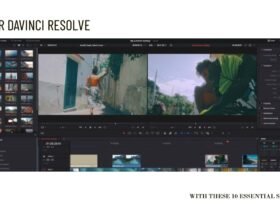







Got a Question?
Find us on Socials or Contact us and we’ll get back to you as soon as possible.